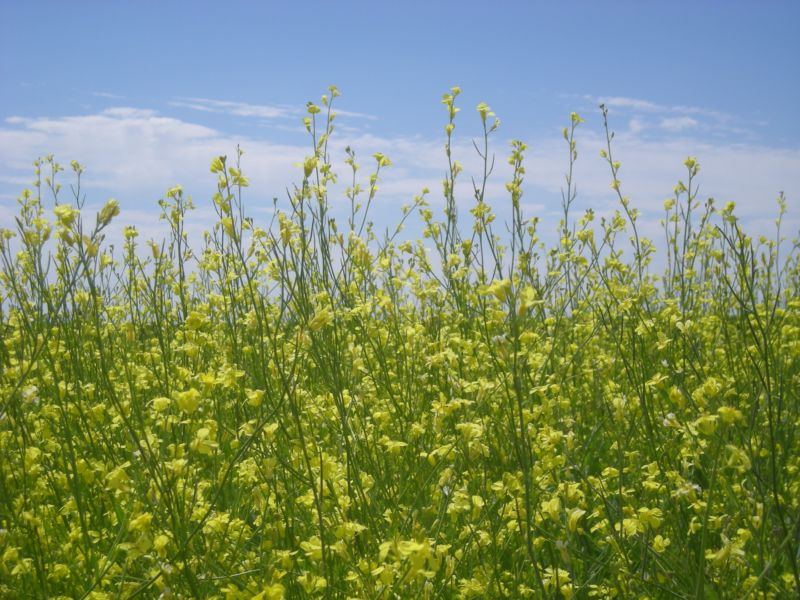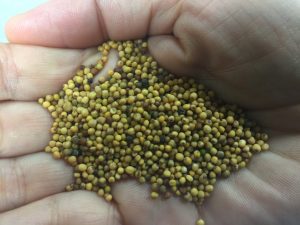
On Monday morning, a Qantas flight took off from Los Angeles International Airport burning 90-percent regular jet fuel and 10-percent mustard seed oil biofuel.
Though that may not seem like a lot, the biofuel is efficient enough that Qantas estimates a seven-percent reduction in emissions compared to a similar 15-hour flight using only traditional jet fuel.
That's important because aviation is a huge contributor of greenhouse gas emissions. Aircraft account for 12 percent of US transportation greenhouse gas emissions, and the International Civil Aviation Organization suggests carbon dioxide (CO2) emitted by aircraft account for two percent of total global greenhouse gas emissions. Most of those emissions occur as the airplane is taking off or landing.
But the aviation industry can't move to batteries as easily as cars (although "easily" is a relative term here, given the automotive sector's particular challenges). That's because batteries aren't yet as efficient per pound as jet fuel, and flying is a mode of transportation that's very sensitive to fuel weight. Airlines have been getting inventive though, some using batteries to partially power a plane and others turning to biofuel to cut emissions.
To be sure, biofuel does give off CO2 as it's burned. But since growing the fuel requires the capture of CO2, biofuel has a lower total emission burden. Also, creating biofuel avoids the energy-intensive methods required of recovering fossil fuels.
Qantas' flight in particular relies on a plant called Brassica carinata, which has some interesting benefits to its use as biofuel. The plant is, according to Qantas, a "non-food, industrial type of mustard seed, developed by Canadian-based agricultural-technology company, Agrisoma Biosciences." Carinata is water efficient and apparently can be grown on fallow ground or between crop cycles. In addition, Qantas says that, after the seeds are ground up and the oil is extracted, the leftover material can be used as high-protein animal feed.

As part of the partnership with Qantas and Agrisoma, the companies are pledging to "work with Australian farmers to grow the country's first commercial aviation biofuel seed crop by 2020."
"One hectare of Carinata seed yields 2,000 litres of oil, which produces 400 litres of biofuel, 1,400 litres of renewable diesel, and 10% renewable by-products," Qantas and Agrisoma claim.
For now, this LA-to-Melbourne flight seems to be the only one that will use this new biofuel in the near future. Alaska Airlines has also done some test flights using biofuel—in 2016, the company flew a single flight on 20-percent wood waste alcohol and 80-percent jet fuel. Also in 2016, United Airlines announced a deal with a Department of Defense-funded biofuel company called AltAir in which it would buy enough biofuel for three years to fill its flights between Los Angeles and San Francisco with a mix of 30-percent biofuel and 70-percent jet fuel.
For now, cost is a major barrier to the adoption of biofuel in aviation (Ars emailed Qantas for an estimate of what the mustard seed biofuel cost, and we'll update if we receive a response). But testing the fuel mixture is a step in the right direction.
Correction: We misspelled "Qantas."
reader comments
135